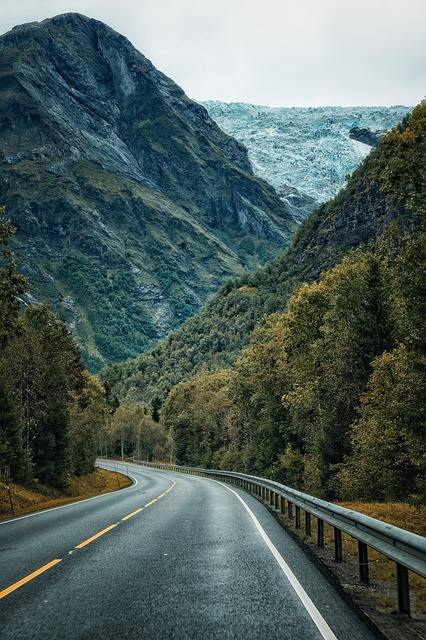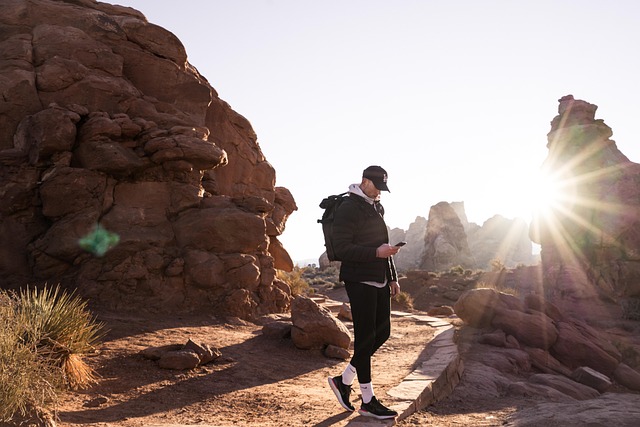Insurance for Extreme Sports: Cover for Skiing, Scuba Diving, and Trekking
If you love adventure travel, you probably already know the thrill of skiing down steep slopes in Colorado, scuba diving in the Florida Keys, or trekking across the rugged Grand Canyon. But here’s the thing most travelers forget—your standard travel insurance may not cover you when things get extreme. That’s where specialized travel insurance for scuba diving, skiing, and trekking comes in.
In this guide, we’ll break down why adventure travelers in the U.S. need the right coverage, share real-life case studies, expert commentary, and show you how to pick a plan that keeps you safe while chasing adrenaline.
Why Standard Travel Insurance Isn’t Enough
Many basic travel insurance policies cover medical emergencies, trip cancellations, and lost baggage—but extreme sports are often excluded.
Activities like scuba diving, skiing, snowboarding, mountain trekking, or even zip-lining fall under “high-risk” categories. If you’re injured while diving in Hawaii or trekking in Yosemite, you could be left paying out-of-pocket for medical evacuations costing tens of thousands of dollars.
👉 Example:
In 2022, a Florida diver required emergency decompression treatment after surfacing too quickly. The cost of the hyperbaric chamber alone was $18,000—none of it covered by his basic policy because scuba diving was excluded.
Travel Insurance for Scuba Diving
When searching for travel insurance for scuba diving, make sure the plan includes:
- Coverage for depths up to your certification level (many policies cover up to 30 meters).
- Emergency evacuation and hyperbaric chamber treatment in case of decompression sickness.
- Gear protection for stolen or damaged diving equipment.
- Search and rescue coverage, especially if diving in remote areas.
💡 Expert Insight:
According to Dan Orr, former President of Divers Alert Network (DAN), “One of the most common mistakes divers make is assuming their health insurance covers diving accidents abroad. In reality, most do not cover emergency evacuation.”
Case Study:
A U.S. couple diving in Cozumel purchased a scuba-specific travel insurance policy for $65. When one diver developed ear barotrauma, the policy covered $4,200 in medical expenses and allowed them to continue their trip worry-free.
Travel Insurance for Skiing and Snowboarding
Winter sports accidents are among the most common claims. A simple ski injury in Colorado can cost thousands in ER visits, X-rays, and surgery.
Look for a plan that covers:
- Off-piste skiing and snowboarding (if you plan to go beyond marked trails).
- Heli-skiing coverage (if you’re heading into the backcountry).
- Medical evacuation from mountain resorts.
👉 Data Point:
According to the National Ski Areas Association (NSAA), there are about 600,000 skiing injuries reported annually in the U.S.—most of which involve knee injuries and broken bones.
Travel Insurance for Trekking and Hiking
Whether it’s trekking in the Rocky Mountains or hiking the Pacific Crest Trail, accidents can happen far from medical help.
Your policy should include:
- Altitude sickness coverage if trekking above 11,000 feet.
- Helicopter evacuation for remote locations.
- Search and rescue costs, often not included in standard travel insurance.
Real-Life Example:
A solo hiker in the Sierra Nevada required air evacuation after suffering a broken ankle. The rescue cost $28,000, and without proper trekking coverage, it would have been an out-of-pocket nightmare.
What It Costs (and Why It’s Worth It)
Adventure sports add a premium to your travel insurance, but the cost is usually $50–$150 extra per trip. Compare that to the average $25,000+ cost of an overseas medical evacuation, and the math becomes clear.
📊 Visual Insight:
- Standard travel insurance: $50–$80
- With adventure sports add-on: $100–$200
- Average scuba accident treatment: $10,000–$20,000
- Average mountain rescue: $25,000+
How to Choose the Right Policy
Here’s a quick checklist before you buy:
✅ Does the policy explicitly include scuba diving, skiing, or trekking?
✅ Are there depth or altitude limits?
✅ Is medical evacuation and search & rescue included?
✅ Does it cover your equipment?
✅ Are you covered in the U.S. and abroad?
Final Word
Adventure travel is about freedom, excitement, and pushing your limits—but it comes with risks. The smart move is to secure travel insurance for scuba diving, skiing, and trekking before your trip. That way, you can focus on enjoying the adrenaline rush, not worrying about medical bills.
Pro Tip: Always call your insurer and confirm coverage for your specific activity. Don’t assume—it could save you thousands.







Post Comment